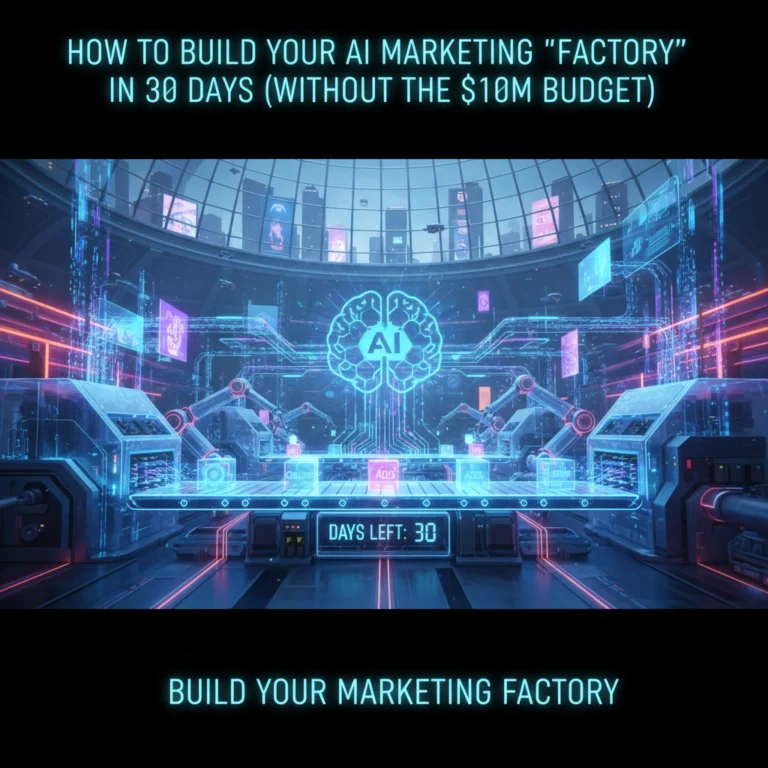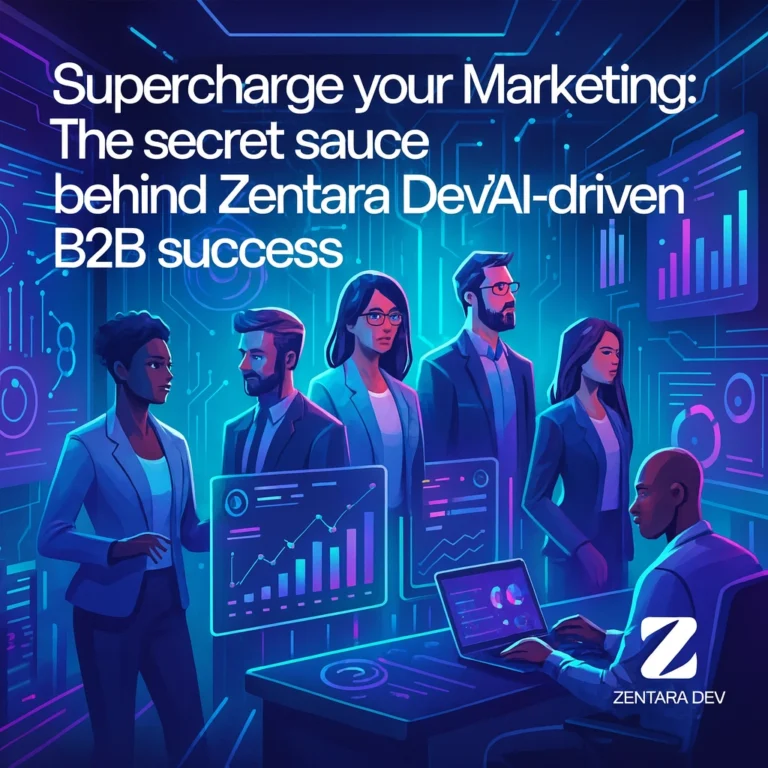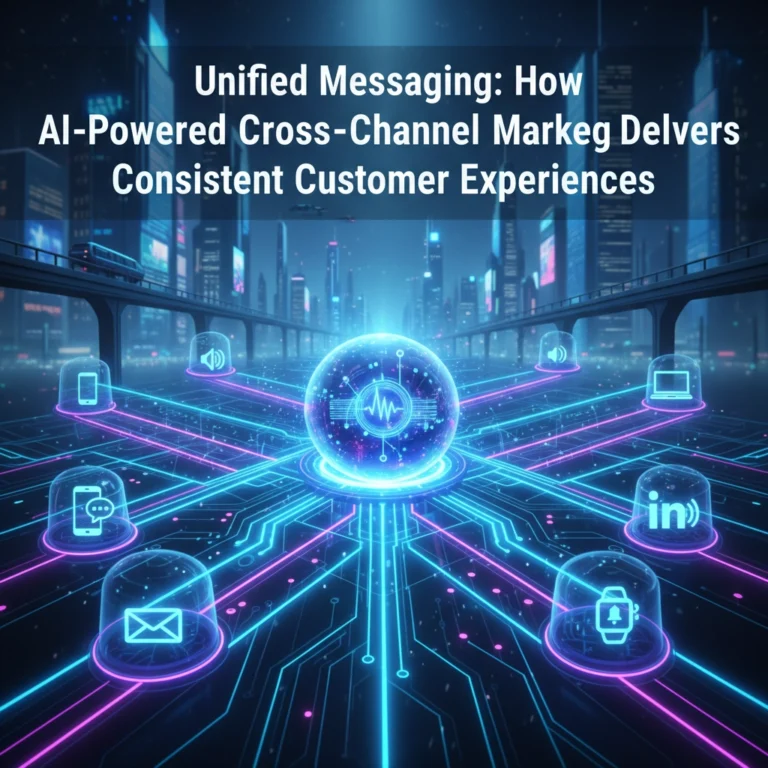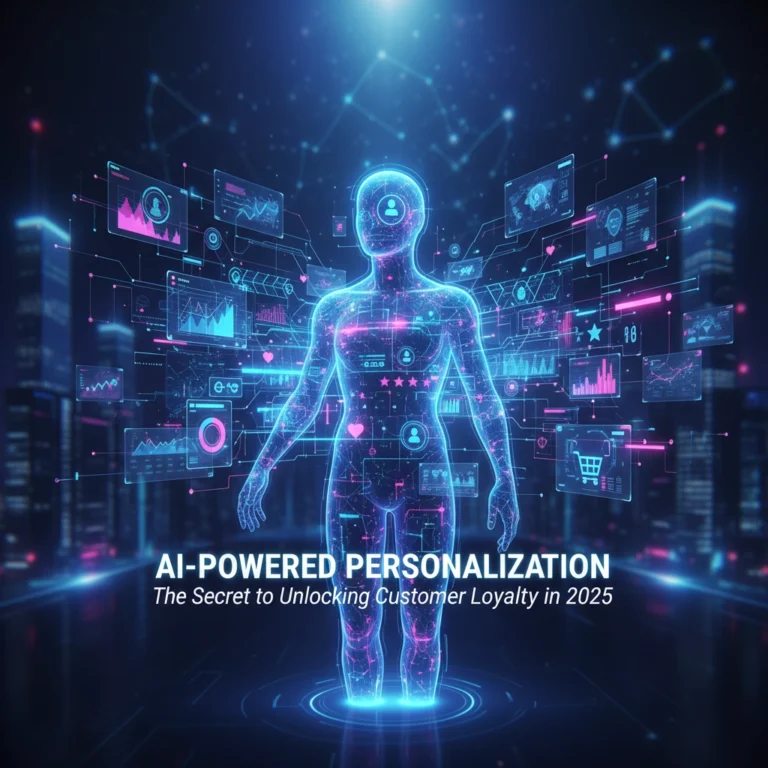The Proven AI Agent Framework: How to 10X Your Lead Generation While Your Competitors Sleep
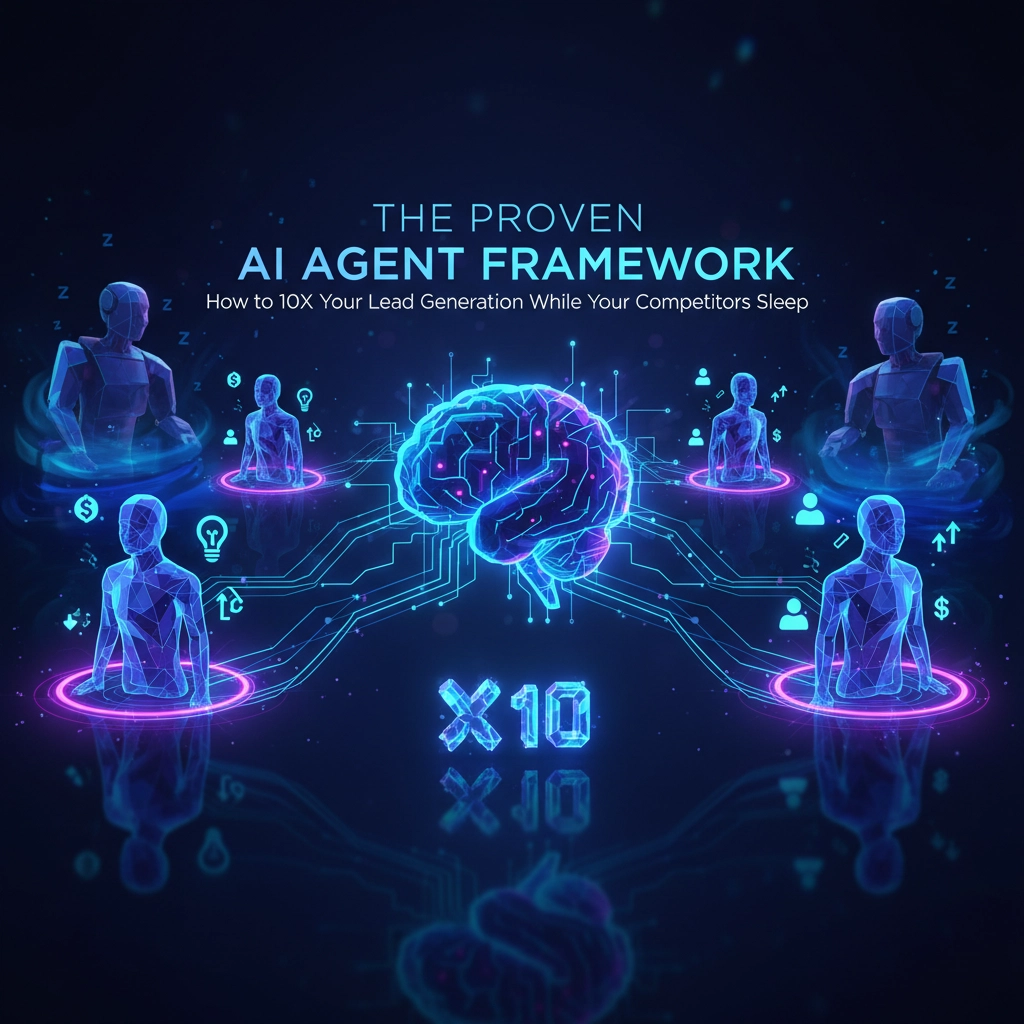
Let's get real for a second. While your competitors are still manually scrolling through LinkedIn at 2 AM, sending generic "I'd love to connect" messages, smart businesses are quietly building AI-powered lead generation machines that work 24/7. And the results? Companies using AI agents are seeing 171% ROI, 50% more qualified appointments, and 60-70% cost reductions per lead.
The gap is widening fast, and if you're not leveraging AI agents for lead generation, you're basically bringing a knife to a gunfight.
What Makes AI Agents Different From Basic Automation
Here's where most people get confused. AI agents aren't just fancy chatbots or email sequences on steroids. They're intelligent systems that actually think, learn, and adapt their approach based on real-time data and prospect behavior.
Think of it this way: traditional automation follows a rigid "if this, then that" logic. AI agents? They analyze patterns, make strategic decisions, and continuously optimize their performance without you having to micromanage every step.
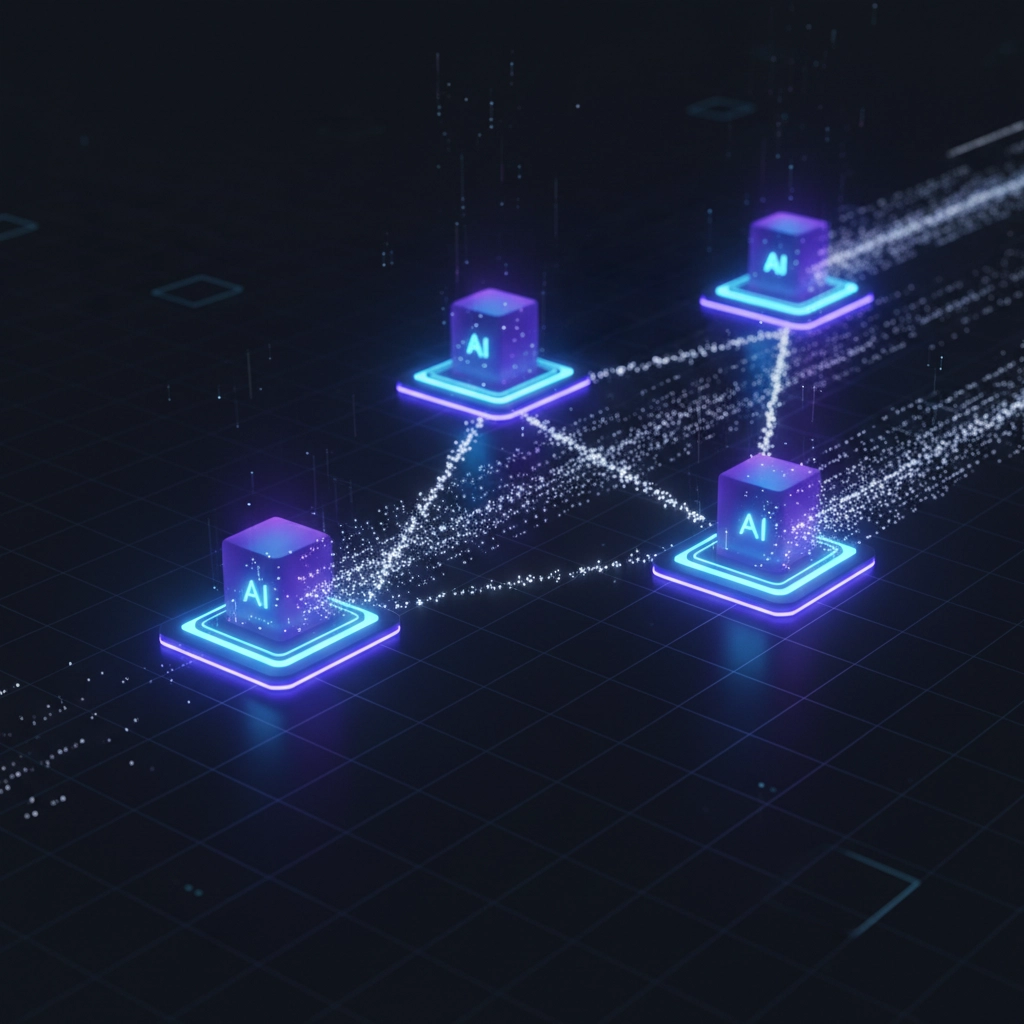
There are four main types of AI agents that work together to create your lead generation factory:
Prospecting Agents mine data from multiple sources, apply predictive lead scoring, and identify high-value prospects across various channels. While you're sleeping, they're processing thousands of potential leads and ranking them by conversion probability.
Qualification Agents determine which prospects are actually worth your time by analyzing intent signals, tracking digital behavior, and dynamically adjusting criteria based on what they learn from successful conversions.
Engagement Agents handle multi-channel communications, craft hyper-personalized messages, and coordinate outreach while maintaining context from every previous interaction.
Nurturing Agents manage the long-term relationship building that most businesses completely neglect, automating follow-ups and triggering outreach based on specific behavior patterns.
The 4-Phase Framework That Actually Works
Phase 1: Foundation Setup (Days 1-7)
Before you deploy any AI agents, you need to audit your current setup. Look at your CRM systems, data management infrastructure, and existing lead generation workflows. Identify the biggest time wasters – usually manual research, inconsistent follow-up, and generic messaging.
Here's the crucial part most people miss: your AI agents are only as good as the strategy you feed them. You need crystal-clear messaging that focuses on solving problems, not showcasing features. Remember, nobody cares what you do – they care about what problems you solve and what benefits you provide.
Phase 2: Agent Deployment (Days 8-14)
Start with prospecting agents to build your pipeline. These systems should integrate with your existing tools and databases, pulling from multiple sources to create comprehensive prospect profiles.
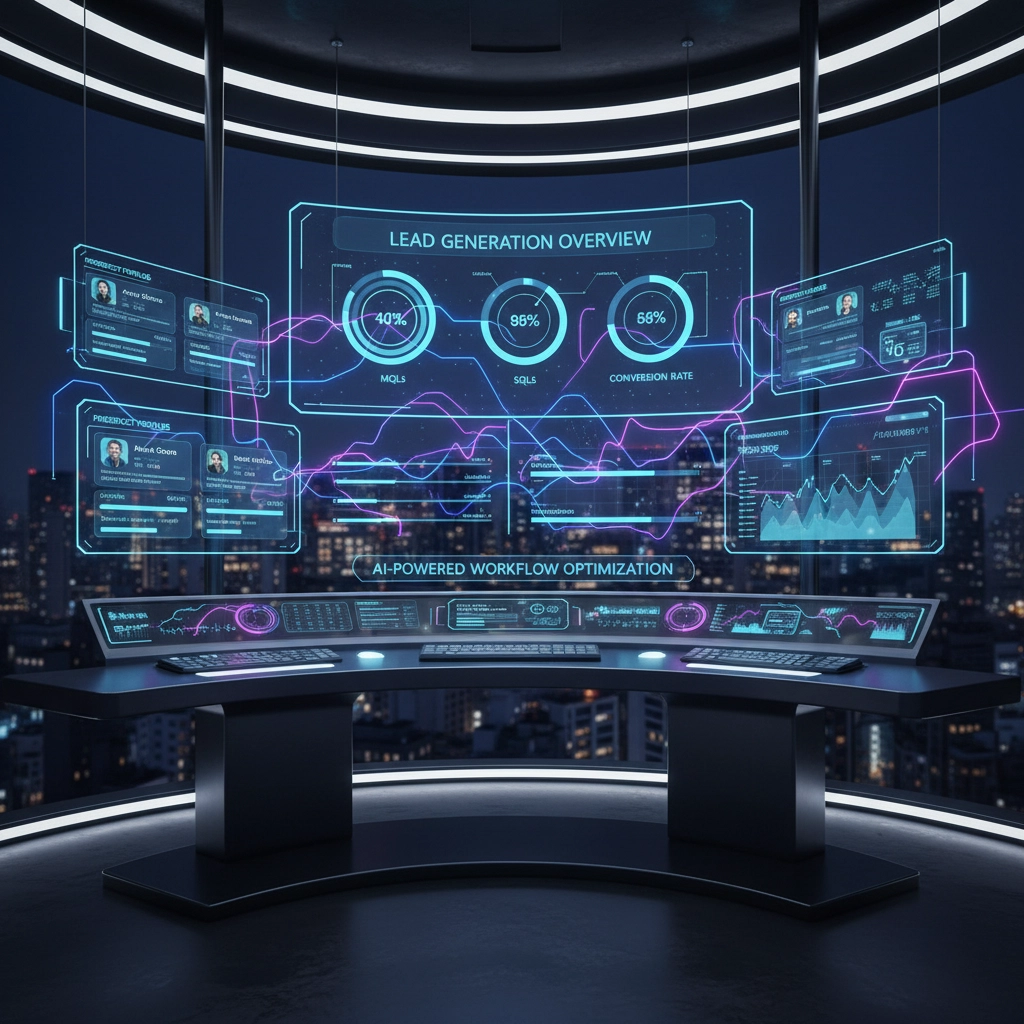
Next, deploy engagement agents programmed with your proven messaging frameworks. They should handle email sequences, LinkedIn outreach, and even phone follow-ups while maintaining context from every interaction.
The key here is personalization at scale. Your agents should craft messages that feel individually written while actually processing hundreds of prospects simultaneously.
Phase 3: Optimization and Scaling (Days 15-21)
This is where the magic happens. Your AI agents start learning from every interaction, identifying patterns in successful conversions, and automatically adjusting their approach.
They'll notice if certain subject lines perform better with specific industries, if particular follow-up timing increases response rates, or if certain qualification questions predict higher conversion rates.
Phase 4: Full Automation and Monitoring (Days 22-30)
By now, your AI agent framework should be handling the majority of your lead generation process. Prospecting, initial outreach, qualification, and nurturing all run automatically while you focus on closing deals and strategic planning.
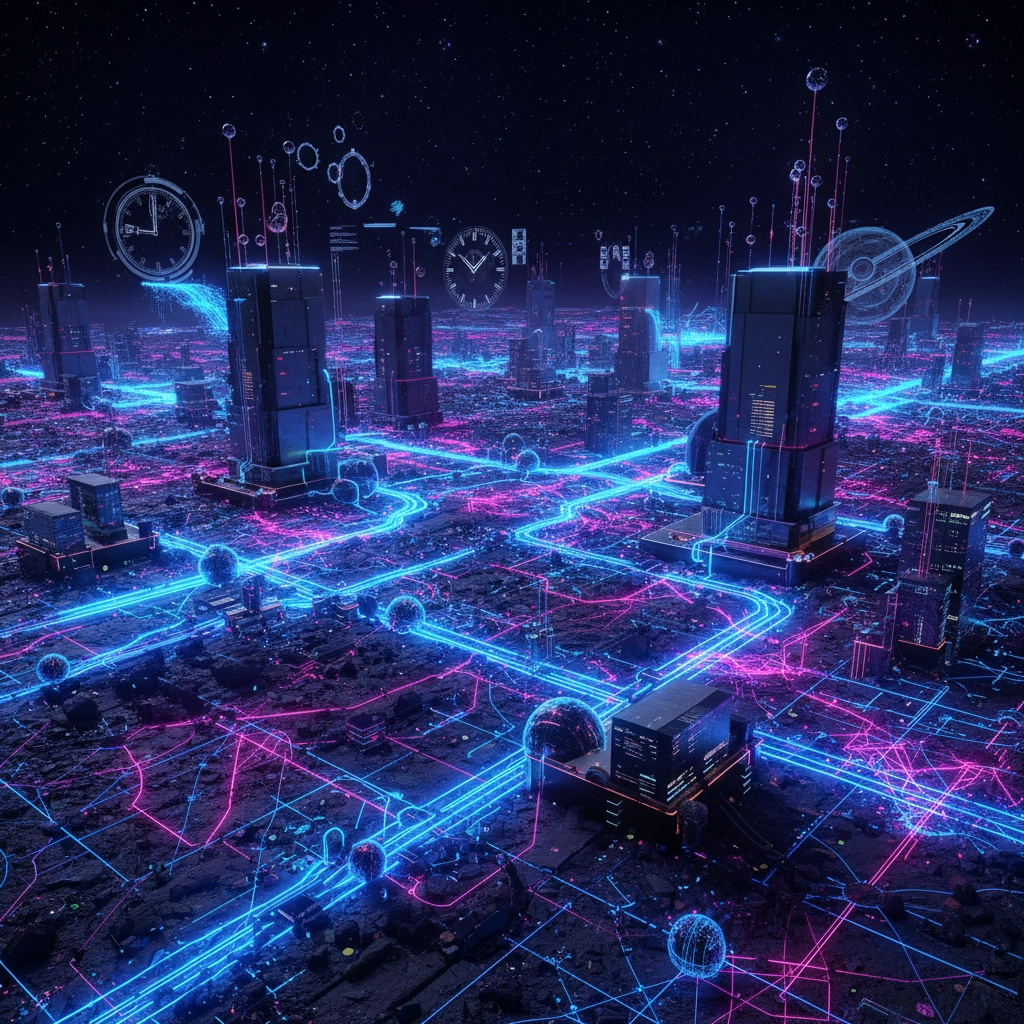
Your role shifts from doing the work to monitoring performance and making strategic adjustments. You're no longer in the lead generation business – you're in the lead conversion business.
The Unfair Competitive Advantages
Here's what happens when you implement this framework while your competitors stick to manual processes:
24/7 Operations: Your system never sleeps, never takes breaks, and never has bad days. While competitors work 8-hour days, your AI agents work 24-hour days, capturing opportunities around the clock.
Consistent Quality: No more feast-or-famine cycles based on how motivated your sales team feels on Monday morning. Your AI agents deliver consistent, high-quality outreach every single time.
Predictable Scaling: Want to double your lead volume? Just allocate more resources to your AI agents. No hiring, no training, no management headaches.
Data-Driven Optimization: Every interaction generates data that improves future performance. Your system literally gets better at generating leads the more it runs.
Real-World Implementation Tips
Start small and scale systematically. Don't try to automate everything at once. Pick one specific lead generation activity – maybe LinkedIn prospecting or email follow-ups – and perfect that before moving to the next.
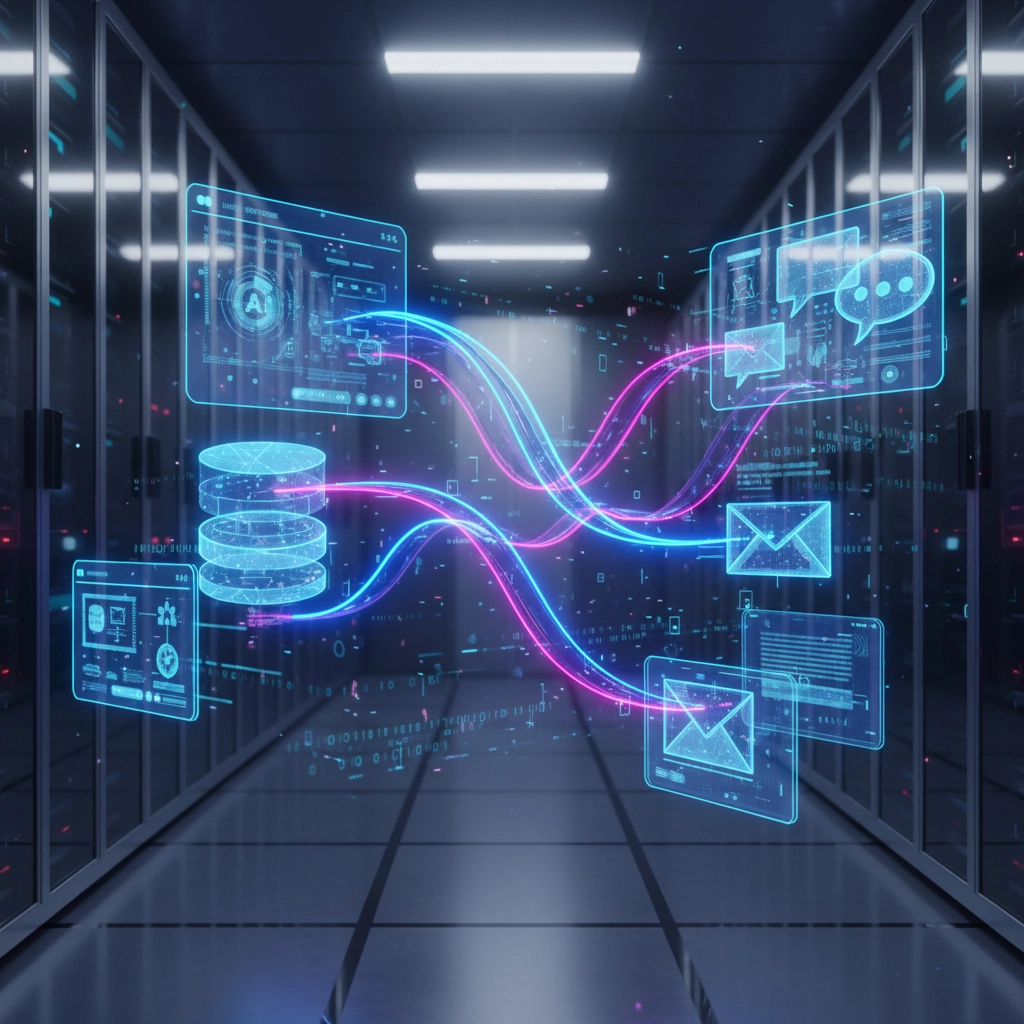
Integration is crucial. Your AI agents need to work seamlessly with your existing CRM, email platforms, and communication tools. Poor integration creates data silos and reduces effectiveness.
Focus on maintaining human touchpoints where they matter most. AI agents should handle the repetitive, time-consuming tasks while humans focus on relationship building and deal closing.
Measuring Success and ROI
Track these key metrics to measure your AI agent framework's effectiveness:
- Cost per qualified lead (should decrease by 60-70%)
- Lead-to-opportunity conversion rate (should increase by 40-50%)
- Time from lead to first contact (should drop to under 5 minutes)
- Overall pipeline velocity (should increase by 2-3x)
Most businesses see immediate improvements within the first week, with full ROI typically achieved within 30-60 days.
The Bottom Line
The businesses implementing AI agent frameworks now will have insurmountable advantages over competitors still using manual processes. They'll operate with superior efficiency, better lead quality, and predictable revenue generation while everyone else struggles with time-intensive, inconsistent approaches.
The question isn't whether AI agents will transform lead generation – they already are. The question is whether you'll be ahead of the curve or scrambling to catch up.
If you're ready to build your own AI-powered lead generation factory, Zentara's AI development services can help you implement a custom framework tailored to your specific business needs. Because while your competitors are still figuring out basic automation, you could be 10X-ing your lead generation with intelligent AI agents working around the clock.

